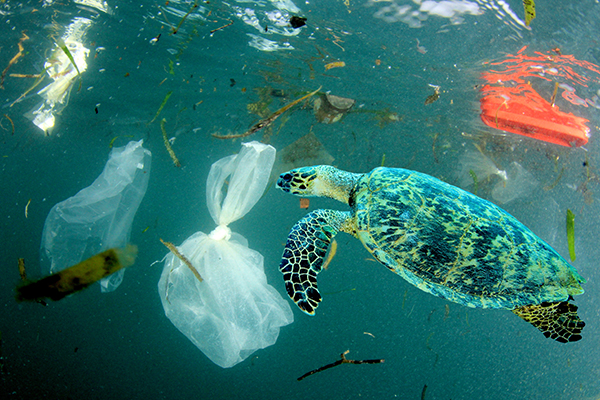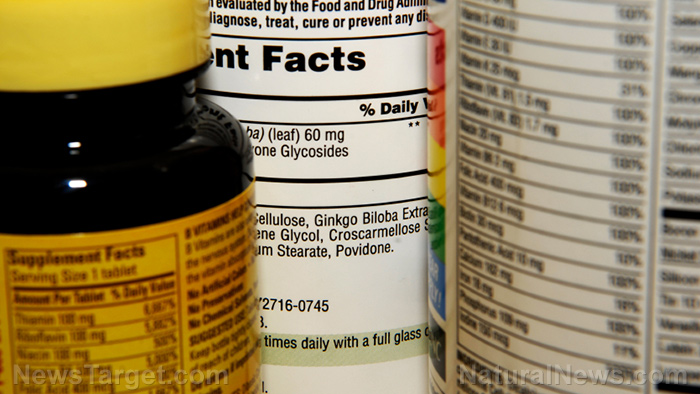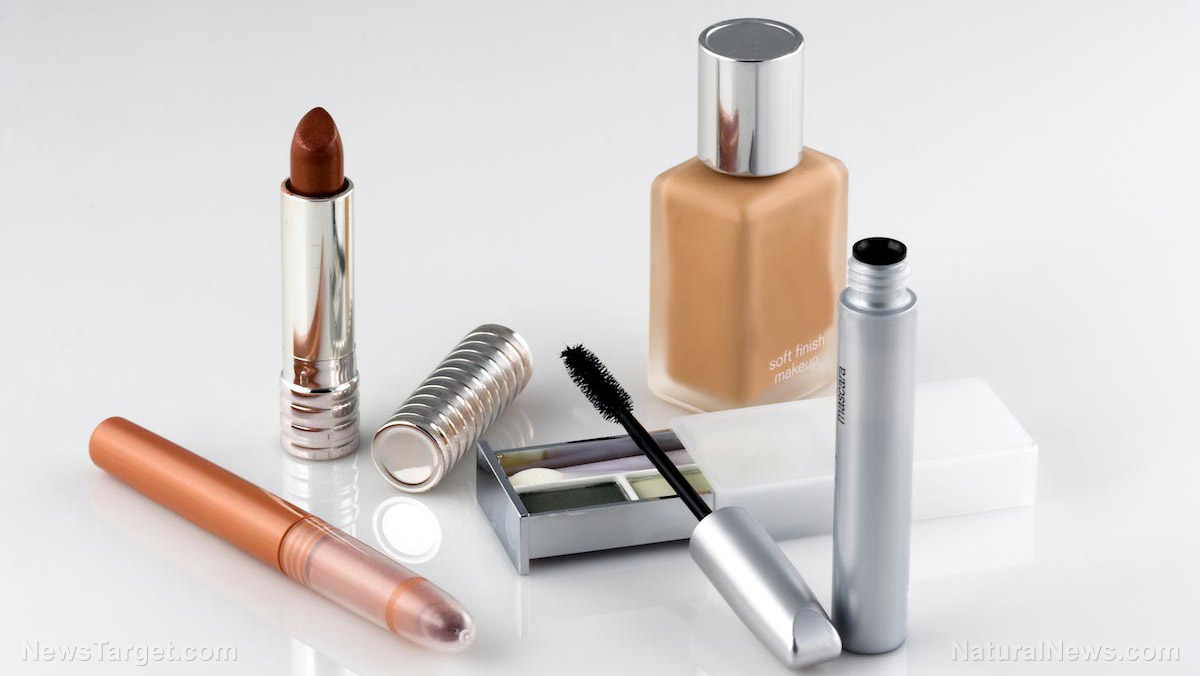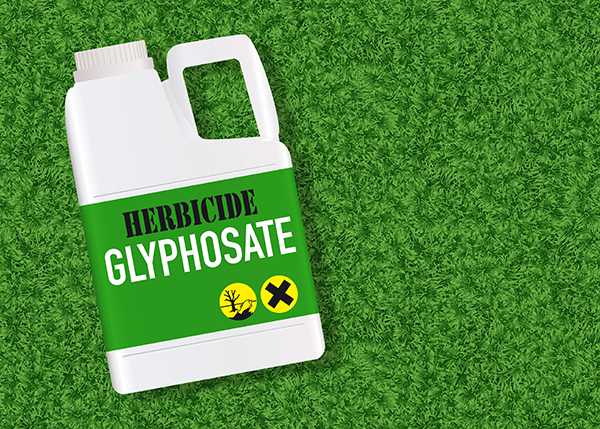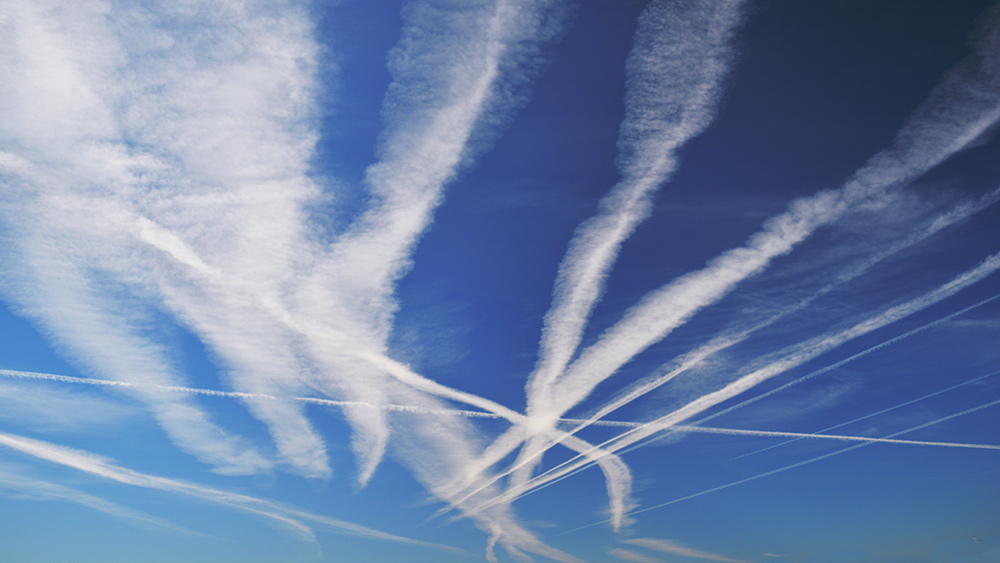TOXIC GROCERY WARNING: 75 percent of fresh (non-organic) produce grown in the USA found to contain toxic pesticide residue
03/21/2023 / By Ethan Huff

The Environmental Working Group (EWG) named its “dirty dozen” produce items this week highlighting the most dangerous produce items on the market when grown conventionally. And some of the items on the list may shock you since they are widely regarded as healthy “superfoods.”
Unless produce is grown cleanly without pesticides and herbicides and is laboratory tested, it can be risky to consume to some degree because it might be chock full of hidden chemical poisons that are unseen to the naked eye.
Mind you, EWG’s dirty dozen produce items are especially dangerous when grown in the United States due to lax regulations surrounding the spraying of deadly chemicals on crops. If grown elsewhere in the world, many of these foods are likely safer and less tainted than their American-grown counterparts, even when grown conventionally.
For their research, EWG looked at 46 different produce staples. Overall, the organization found that 75 percent of freshly grown produce in the U.S. contains some degree of harmful pesticide residue, which is deeply concerning.
The worst offenders, just like dirty dozen lists from previous years have shown, are among the healthiest fruits and vegetables when grown cleanly. In this case, though, these conventionally grown produce items are risky to consume because of the hidden chemicals they contain.
Strawberries, grapes, apples, nectarines, pears, and cherries ranked at the top of the list for being the most dangerous when grown conventionally, the latest EWG findings show. The same is true for antioxidant-rich blueberries and leafy green vegetables like kale, which are heavily sprayed with chemicals when grown conventionally.
Amazingly, more than 90 percent of all samples of strawberries, apples, cherries, spinach, nectarines, and grapes were found to have at least two different chemicals pesticides on them, according to tests. All in all, more than 250 different pesticides were discovered on American produce – pesticides that, in many cases, are illegal to use in other countries. (Related: Check out our earlier report about the EWG dirty dozen to compare what was true then to today’s results.)
American produce growers caught using illegal pesticides that were banned many years ago
In some cases, the pesticides identified by EWG on American produce are not even legal here in the U.S. Six percent of green beans, the group found, contain the neurotoxic organophosphate insecticide acephate, which was banned from use on green beans in 2011 for being a “possible” human carcinogen, according to the Environmental Protection Agency (EPA).
Organophosphates were among the most common class of crop chemicals identified by EWG on American produce. Green beans and blueberries, when grown conventionally, tend to contain the highest and most worrying levels of them.
What do organophosphates do to the body? For one, they damage the nervous system and poison children’s developing brains. And parents who feed their children conventional blueberries should know that 10 percent of them contain an organophosphate known as phosmet, while 9 percent contain another called malathion.
“Both are organophosphates and malathion was categorized as probably carcinogenic to humans by the International Agency for Research on Cancer in 2015,” reported the Daily Mail Online.
On every kind of crop on the dirty dozen list, with cherries being the one exception, more than 50 different pesticides were detected. The worst offenders in terms of quantity of pesticide residues were kale, collard and mustard greens, and hot and bell peppers.
The dirty dozen is as follows:
1) Strawberries
2) Spinach
3) Kale, collard and mustard greens
4) Peaches
5) Pears
6) Nectarines
7) Apples
8) Grapes
9) Bell and hot peppers
10) Cherries
11) Blueberries
12) Green beans
The clean 15, conversely, are as follows:
1) Avocados
2) Sweet corn
3) Pineapple
4) Onions
5) Papaya
6) Sweet peas (frozen)
7) Asparagus
8) Honeydew melon
9) Kiwi
10) Cabbage
11) Mushrooms
12) Mangoes
13) Sweet potatoes
14) Watermelon
15) Carrots
The latest news about America’s unhealthy, chemical-laden food supply can be found at CleanFoodWatch.com.
Sources for this article include:
Submit a correction >>
Tagged Under:
agriculture, chemicals, clean food watch, crops, Dangerous, dirty dozen, Environmental Working Group, EWG, food science, food supply, frankenfood, fruits, grocery, pesticide, products, stop eating poison, toxic ingredients, toxins, vegetables
This article may contain statements that reflect the opinion of the author
RECENT NEWS & ARTICLES
Chemicals.News is a fact-based public education website published by Chemicals News Features, LLC.
All content copyright © 2018 by Chemicals News Features, LLC.
Contact Us with Tips or Corrections
All trademarks, registered trademarks and servicemarks mentioned on this site are the property of their respective owners.

